Montenegro is a country in Southeastern Europe. Its 293.5 km of coastline is surrounded by the Adriatic Sea to the west, Serbia to the northeast, Bosnia and Herzegovina to the north, Kosovo to the east, Albania to the southeast, and Croatia to the northwest. It is located in the Balkans. Podgorica, the capital and largest city, spans 10.4% of Montenegro’s territory of 13,812 square kilometres, and is home to nearly 30% of its total population of 621,000.
Following World War I, the kingdom joined Yugoslavia. The republics of Serbia and Montenegro together announced a federation after Yugoslavia’s dissolution. Montenegro declared its independence in June 2006 and the confederation was dissolved as a result of an independence referendum that was held in May 2006.
Montenegro is ranked 48th in the Human Development Index and has an upper-middle income economy. It belongs to the Central European Free Trade Agreement, the World Trade Organization, the Organization for Security and Cooperation in Europe, NATO, the United Nations, and the Council of Europe. Additionally, Montenegro founded the Union for the Mediterranean and is actively applying to join the European Union.
TRENDING FASHION IN MONTENEGRO

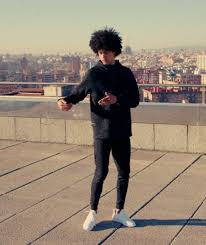


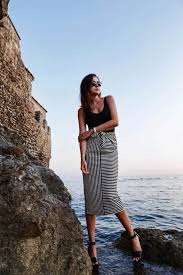


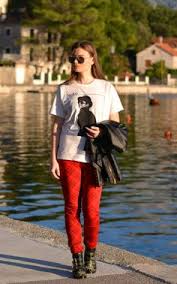

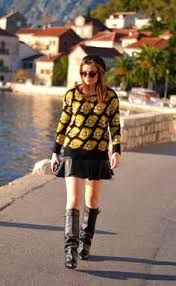
ACCESSORIES IN MONTENEGRO
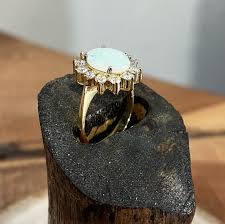
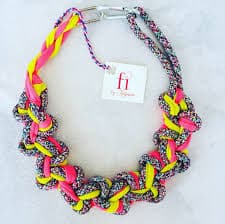
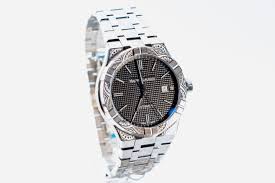

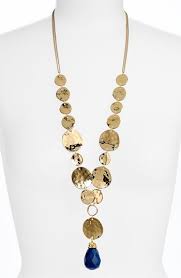

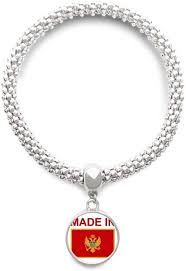
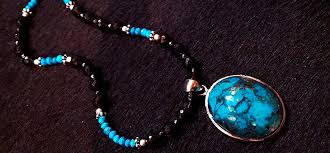

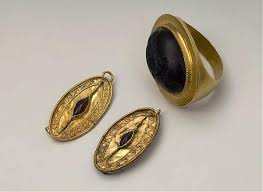
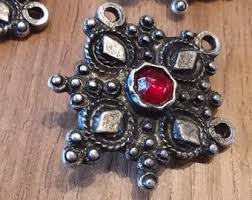
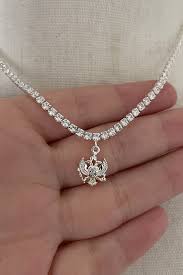


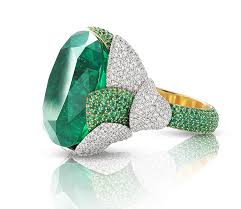
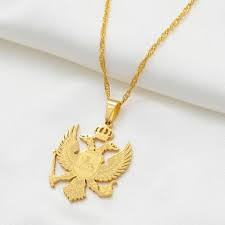
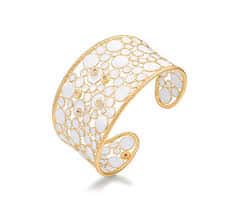

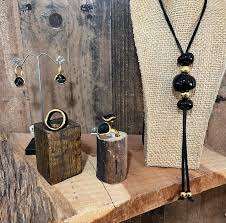

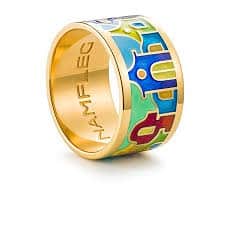
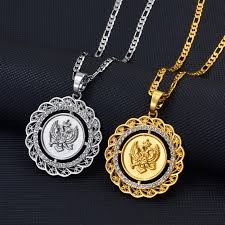


TRIBES IN MONTENEGRO AND THEIR FASHION
The Brda People
Montenegro’s Brda region is historically and ethnographically significant. Before the late 19th and early 20th centuries and Montenegro’s full independence, the historical tribes of Brda—Vasojevii, Bjelopavlii, Piperi, Kui, Bratonoii, Moraa, and Rovani—formed this region, collectively known as “the seven tribes” or “hills,” known as the Highlander tribes, or simply Highlanders.

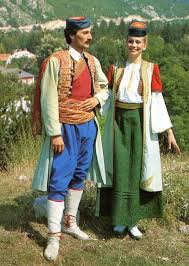
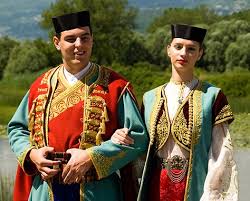
The Hoti People
A historical Albanian tribe (fis) and division of Malësia, which is split between northern Albania and southern Montenegro, is called Hoti. The majority of its topography is mountainous, but some of its communities are located close to the shores of Lake Shkodr on flat land.
A few Muslim households live in Hoti, which is largely a Catholic community. Over the years, waves of Hoti refugees who originated from the tribe established villages in areas outside of the Hoti tribal boundaries.

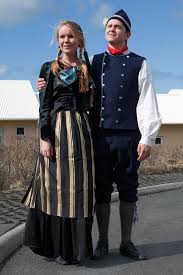
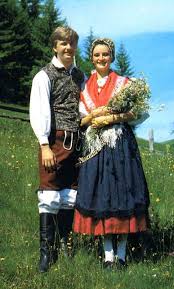
TOURIST AND HISTORICAL PLACES IN MONTENEGRO
Tara Canyon – It is the deepest canyon in the world, and like the Grand Canyon, you can experience it by going on a thrilling whitewater rafting adventure. Observe that the water is about 50 degrees Fahrenheit, which is on the cool side.

Sveti Stefan – since the fifteenth century, people have lived at Sveti Stefan, which is a little isthmus that connects it to the mainland. It used to be a straightforward fishing community.
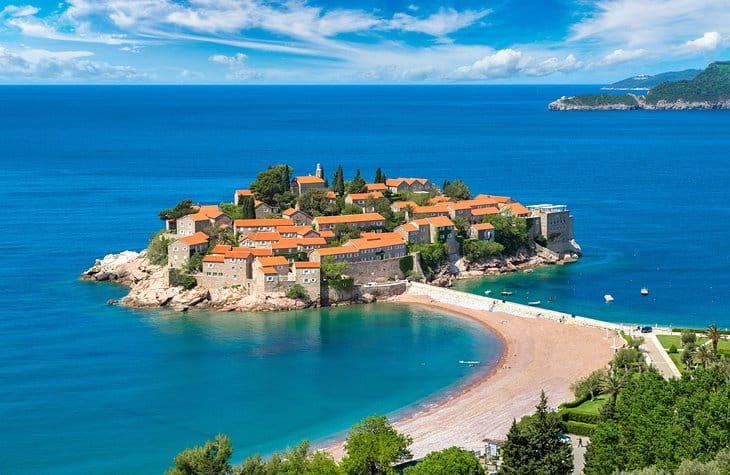
Perast – Perast is a charming tiny town distinguished by its numerous churches and stone-built homes. From its bell tower, the Church of St. Nikola in town offers stunning views of both the town and the Bay of Kotor.
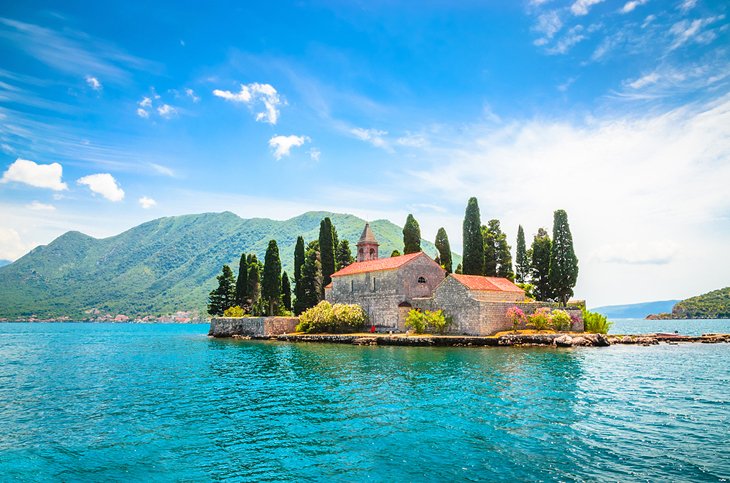
Ostrog Monastery – now a popular Christian pilgrimage site, Ostrog Monastery. The entire monastery was excavated out of a cave on a nearly vertical cliff and was perched atop a huge granite boulder.
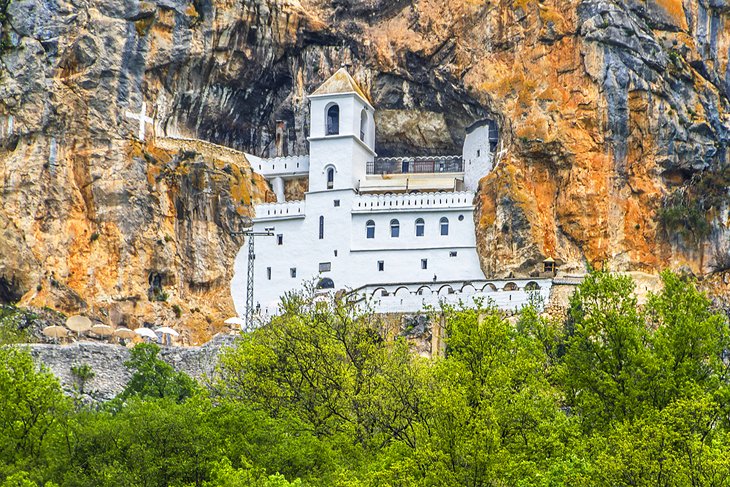
Mount Lovcen – The granite peaks of Mount Lovcen, which are a source of great pride for the country, served as the model for the name of Montenegro. The Bay of Kotor and the historic city of Kotor on its coasts may be seen from the circular platform at the top, which is protected as part of Mount Lovcen National Park.

Lipa Cave – The cave was first discovered accidentally by a dog who fell through a hole into it, but managed to escape safely through another opening.
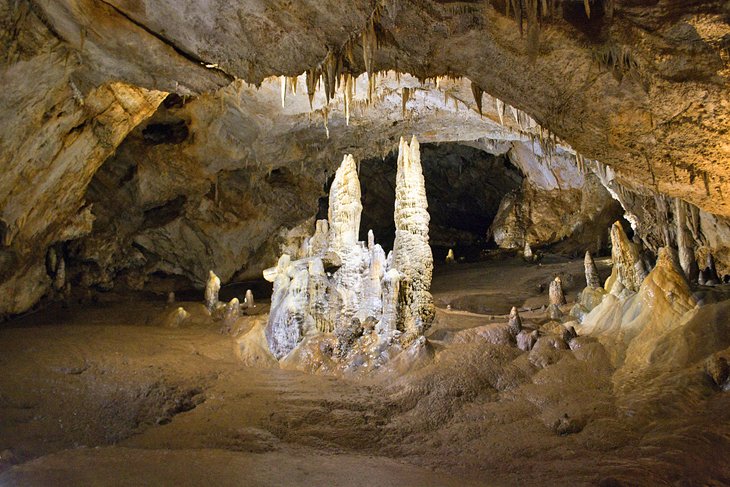
Lake Scadar – It is a wonderful place to go back to nature because it is home to many different kinds of migratory birds and other animals. The lake’s Montenegrin side has been made a national park.
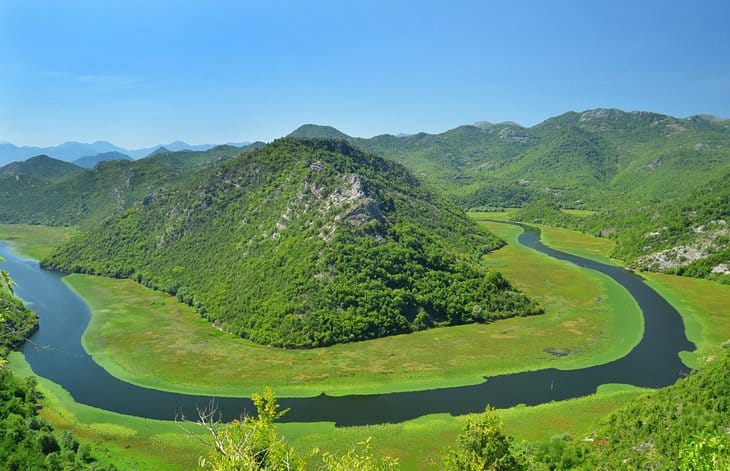
Kotor Old Town & Bay of Kotor – One of the best preserved walled medieval towns along the Adriatic coast is Kotor’s Old Town, which is dominated by the 12-century Cathedral of Saint Tryphon.
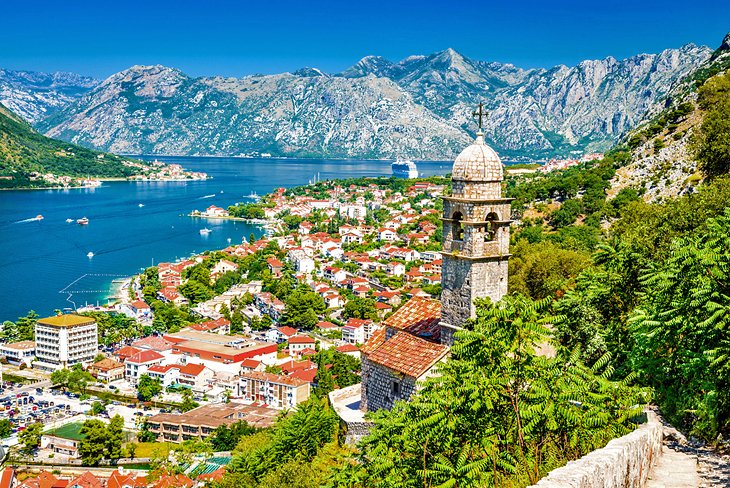
Durmitor National Park – another well-liked natural site is the Durmitor National Park. The park, which is located in the Dinaric Alps, is home to the Tara River, the second-deepest canyon in the world, and about 18 glacial lakes.
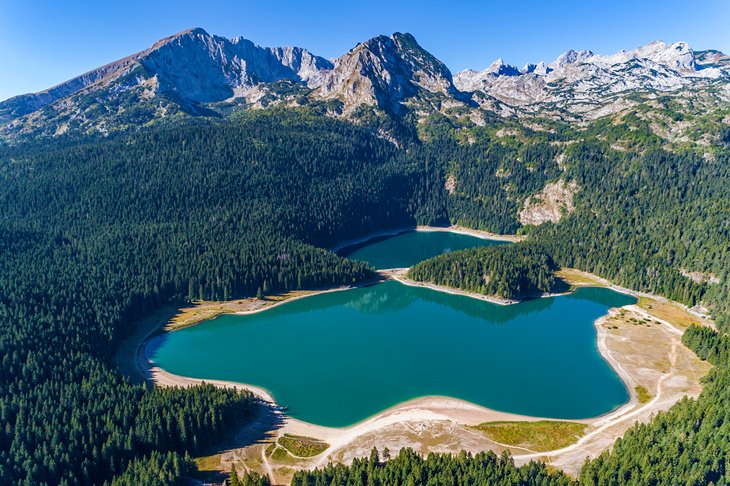
Cetinje – During the late 19th and early 20th centuries, the town of Cetinje, which dates from the year 150, was home to Montenegro’s capital (prior to WWI when it was still an independent country). It was a sought-after location for diplomacy at the time because of its location in an interior valley on the edge of the Ottoman Empire.

Budva Riveria – for both residents and visitors, the Budva Riveria is a popular summertime beach location. A mixture of sand and stones make up the beaches in this location, which are flanked by the majestic mountains on one side and the clear, turquoise, and aquamarine-blue Adriatic Sea on the other.

Blue Grotto – Charming towns, gorgeous beaches, and the Blue Grotto may all be found on Montenegro’s still underrated Lustica Peninsula. The spherical cave with a vaulted ceiling is known after the grotto’s fluorescent blue water, which acquires its striking hues from light reflecting off the sandy floor.
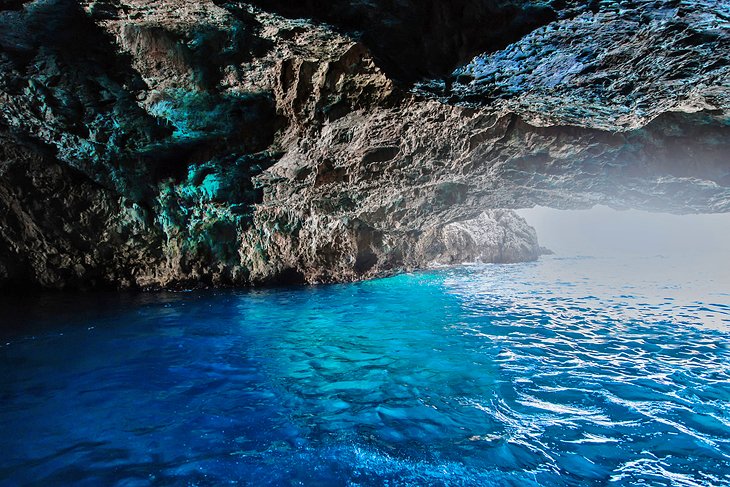
Biogradska Gora National Park – the stunning Biogradska Gora National Park in the country’s center is one of many national parks that have been designated in Montenegro. It is surrounded by swift-moving streams, pristine lakes, flower-filled meadows, and the Lim and Tara rivers.
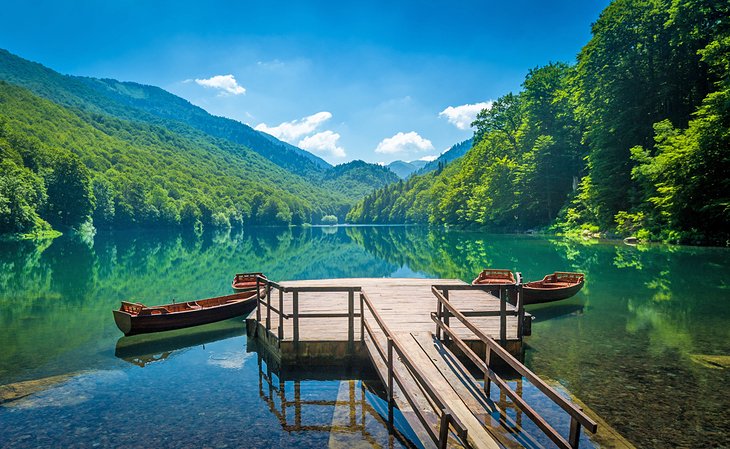
Ulcinj – There are many various species of migrating birds and other creatures that call this area home, making it a great spot to reconnect with nature. The Montenegrin side of the lake has been designated as a national park.
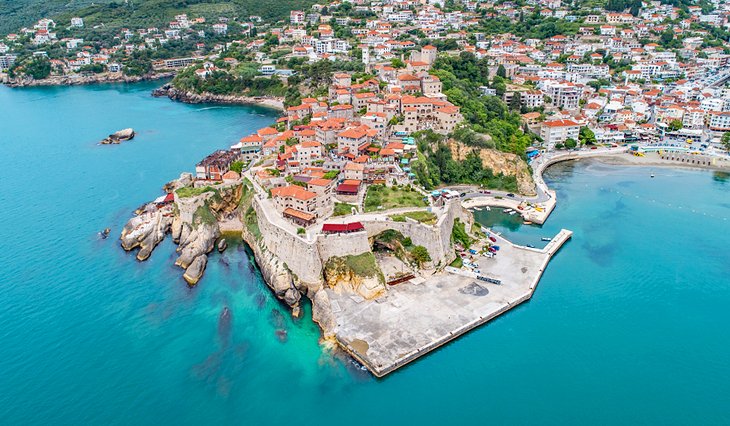
MUSIC MONTENEGRO
Some musicians in Montenegro include:
Knez
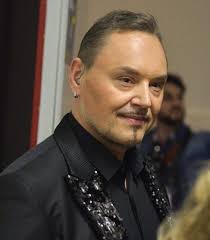
Andrea Demirović

Some art work in Montenegro include:
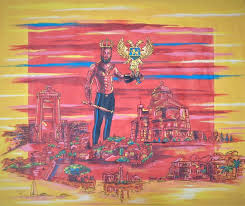
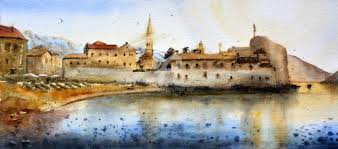
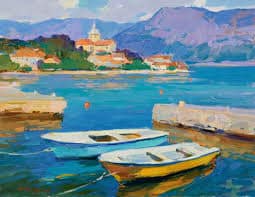

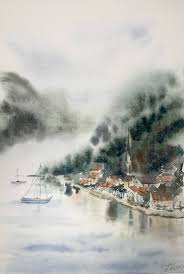
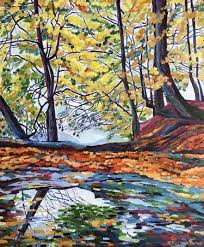
MEALS IN MONTENEGRO
Baklava – baklava must be mentioned when discussing Montenegrin sweets. You won’t be disappointed with the sweet pastry with numerous layers. To enhance the flavor of this delicate delicacy, chop some nuts. It is sweetened with honey or syrup.
Kacamak – the meal is a good option that you shouldn’t overlook. Additionally, you can have it as an appetizer or the main course at dinner. This tasty cuisine is native to northern Montenegro.
Cicvara – a well-known dish from Montenegrin cuisine is cicvara. It dates back to the Balkans region of antiquity. The earliest accounts of it were found in monastic writings. Originally, wheat or oat flour was used in place of corn in the initial iteration.
Cevapi – you will not be able to resist the deliciousness of Cevapi. This traditional food made from minced meat is popular in southeast Europe.
Musaka – potato or eggplant are the main components in the delicious dish musaka. Additionally, this dish has the deep flavor of ground meat.
Rakija – the Montenegrins believe that a glass of Rakija will energize their new day. It is a typical alcoholic drink in Montenegro and the countries in the Balkans region. Commercial Rakija has 40% alcohol, and the domestic version will be more assertive with 50 to 70%.
Baklava
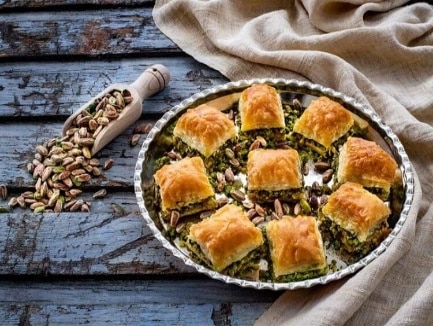
Kacamak
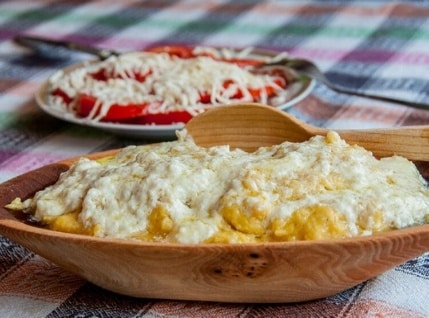
Cicvara

Cevapi
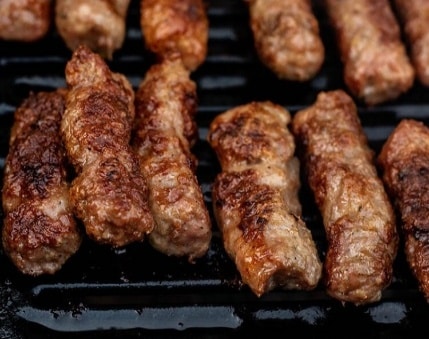
Musaka
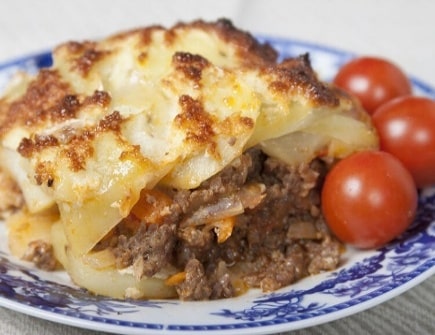
Rakija

- ENVIRONMENTAL CONSERVATION AND HABITAT PROTECTION IN MONTENEGRO
Montenegro is one of the top nations in Europe for biodiversity of ecosystems and abundance of flora and fauna. According to the findings of a monitoring study, urban and agricultural areas, followed by aquatic environments and forests, are where deleterious effects on biodiversity are most readily apparent. Depending on the severity of the anthropogenic causes of vulnerability, different ecosystems are more or less vulnerable. The forest vegetation is under the most threat in this regard due to ongoing exploitation. Because development is altering these natural habitats, coastal ecosystems are also at jeopardy. Diverse types of pollution put pressure on aquatic habitats and lower their production.
Four national parks—Durmitor, Skadar Lake, Lovcen, and Biogradska Gora—make up the majority of Montenegro’s network of protected areas, which currently extends across 108,866 ha, or 7.88% of the country.
Krempita
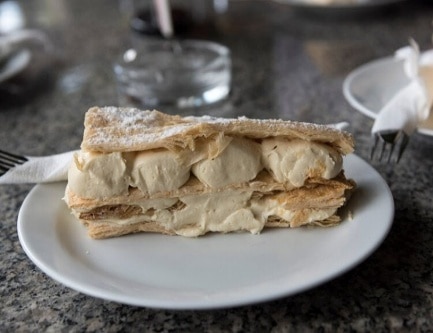
Palačinka

Heljidia
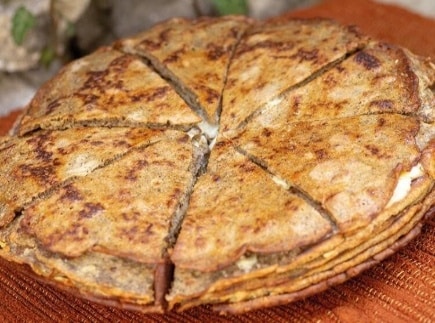
Brav U Mlijeku

Sarma
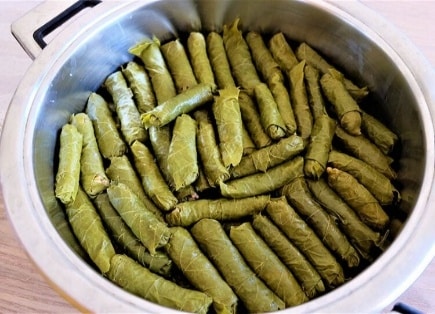
Buzara
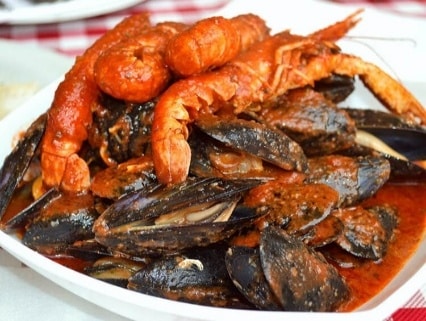
ENVIRONMENTAL CONSERVATION AND HABITAT PROTECTION IN MONTENEGRO
Montenegro is one of the top nations in Europe for biodiversity of ecosystems and abundance of flora and fauna. According to the findings of a monitoring study, urban and agricultural areas, followed by aquatic environments and forests, are where deleterious effects on biodiversity are most readily apparent. Depending on the severity of the anthropogenic causes of vulnerability, different ecosystems are more or less vulnerable. The forest vegetation is under the most threat in this regard due to ongoing exploitation. Because development is altering these natural habitats, coastal ecosystems are also at jeopardy. Diverse types of pollution put pressure on aquatic habitats and lower their production.
Four national parks—Durmitor, Skadar Lake, Lovcen, and Biogradska Gora—make up the majority of Montenegro’s network of protected areas, which currently extends across 108,866 ha, or 7.88% of the country.
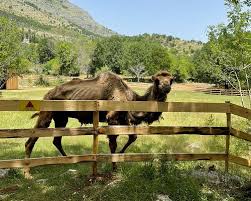
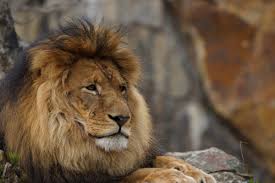
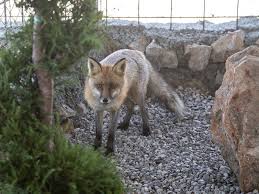
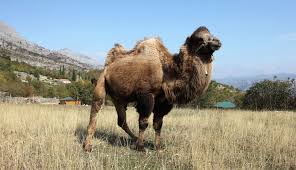
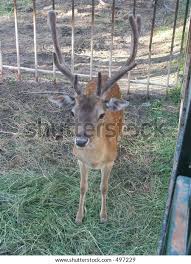

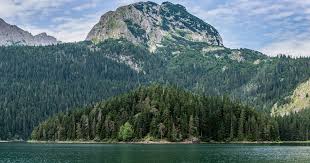
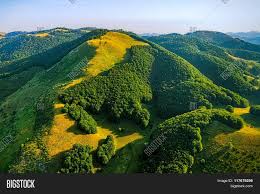
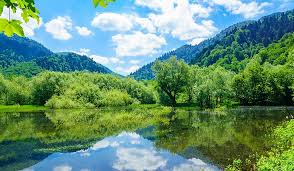
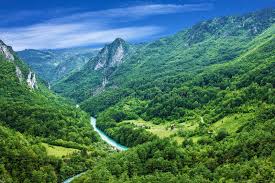
EFFECT OF CLIMATE CHANGE IN MONTENEGRO
According to official estimates, Montenegro is already seeing rising temperatures, dwindling precipitation, and an increase in extreme weather events, particularly droughts and heat waves. Future climate change is predicted to make Montenegro hotter and drier, particularly during the summer.
According to climate models included in official reports, if emissions keep rising, the period up until 2030 will be marked by longer and more frequent heat waves, more frequent extremely high minimum and maximum temperatures, more frequent droughts, more frequent storms in the winter, and less snow overall. The temperature increase and precipitation decline would worsen towards the end of the century.
More frequent droughts and heavy rains in Montenegro might have a negative impact on agriculture, forestry, water resources, natural habitats, the shore, and the coastal region, leading to an increase in sea surface temperature and a 62 cm rise in sea level by the end of the century.
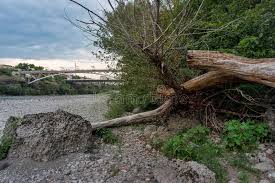
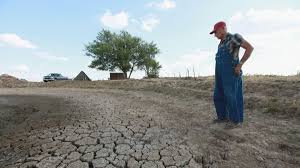
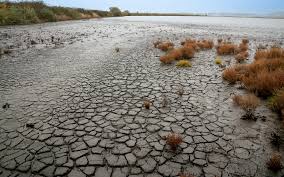
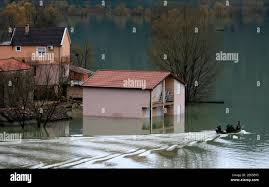
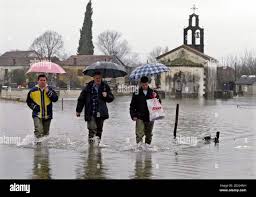
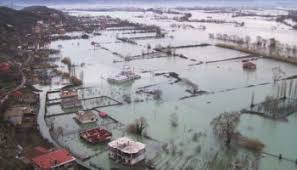
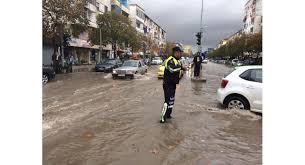
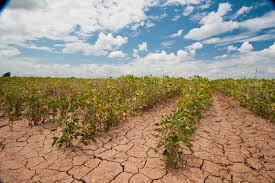

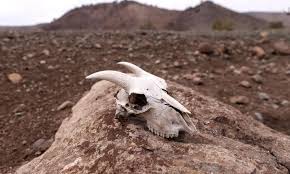
GENDER EQUALITY IN MONTENEGRO
With an emphasis on violence against women, 91.7% of the legal frameworks that promote, uphold, and monitor gender equality under the SDG indicator are in place in Montenegro.
Olivera Injac – Montenegro university professor of security and independent politician who served as the Minister of Defence.
Milicia Pejanović-Durišić – Montenegrin professor and poitician, who was the first female Minister of Defence.
Irena P. Radović – Montenegrin economist, diplomat and civil servant who was ambassador to several countries.
Draginja Vuksanović-Stanković – Montegrin jurist, politician and professor of law. She was former president of the Social Democratic Party.
Olivera Injac
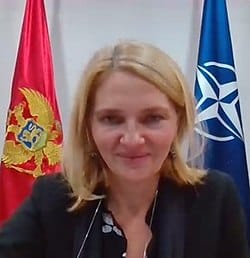
Milicia Pejanović- Durišić

Irena P. Radović

Draginja Vuksanović-Stanković

Tamara Srzentić – Montenegro expert on digital transformation and innovation who served as Minister of Public Administration, Digital Society and Media.
Sanja Damjanović – a physicist from Montenegro and minister of science in the government of Montenegro since 2016.
Vesna Bratić – a Montenegrin Politician and assistant professor.
Suzana Pribilović – Montenegrin judge and politician, former Minister of Public Administration.
Tamara Srzentić

Sanja Damjanović

Vesna Bratić

Suzana Pribilović





